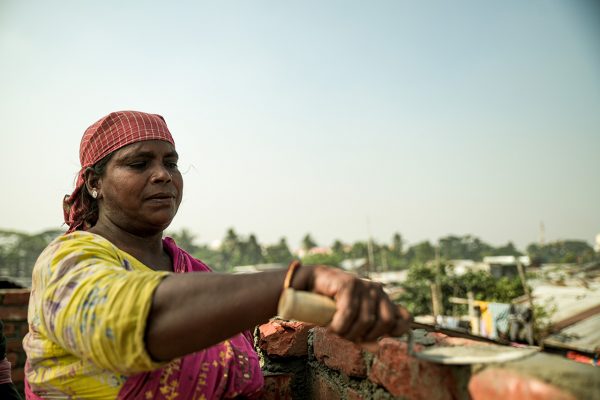Breaking conventions by liberating structures
Reading Time: 2 minutes
Conventional structures used to organise how people work can stifle inclusion and engagement. We had the opportunity to learn about powerful methods that help break conventions and get everyone meaningfully engaged
Does this situation sound familiar? You are confronted with a challenge or you want to improve your group’s productivity for a meeting or a project. You know performance would skyrocket – if you could engage everyone to contribute creatively and build on each other’s ideas. You tend to do a better job if you feel inspired, included and engaged, and you know your teammates feel the same way.
The truth is that teams in which people work well together produce much better results. However, the conventional structures that we use in our day to day proceedings can challenge inclusion and engagement.
Liberating Structures break these conventions and offer us many simple yet powerful methods that many experts use to get everyone fully engaged. These are useful and easy-to-learn rules for brainstorming that we can utilise during a workshop, meeting, or learning session with a view to increasing effectiveness. We were thrilled to have the opportunity to practice a few of these structures in an interactive workshop hosted by the Social Innovation Lab for our colleagues. Mr Andres Marquez-Lara, founder and passion catalyst of the Promethean Community led us to an exploration about self realisation, participation, idea generation, and topical deep dive.
In the session, we picked and practiced a few methods in groups that we felt fit the intended outcomes we chose. In 1-2-4-All, where we realised how collective thinking can lead to consensus. We also practiced Troika Consulting, TRIZ, and Drawing Together which worked magic for trust-building and topical deep dive between us. Suddenly being thrown into orchestrating these methods challenged all of us to improvise and adapt.

Within one workshop session, we went from getting to know about the system for the first time, to implementing those ourselves by making our own versions. Rather than disrupting the flow, the hurry led us to learn instinctively and innovate to serve our purpose. This also proved that when we practice these, the structures can be easily adapted according to our need of implementation and innovation. However, it may require large scale and officewide workshops to make others familiarise themselves with the concepts, as we do not generally get the window before a meeting or any other workshop to let everyone know about new ideas through learning sessions.
At Social Innovation Lab, we constantly experiment with new and disruptive approaches that can turn an organic or choreographed conversation into a series of quick actions. Thus, we plan to use the LS methods as part of the experience of “Amra Notun Network,” our latest youth intervention, to introduce the young generation to innovative systems that may help sharpen their creative ideas.
What we really liked about the LS methods is that it starts with very simple and obvious things – that interestingly turn into powerful revelations in discussions. There are 33 of such Liberating Structures to replace or complement conventional practices. It was indeed fun to test these LS methods during the workshop and experience them first hand. Interestingly, the methods are quite flexible and adaptive – and can be applied in diverse settings.
Refat Bin Reza Rafi is an intern at BRAC Social Innovation Lab.





